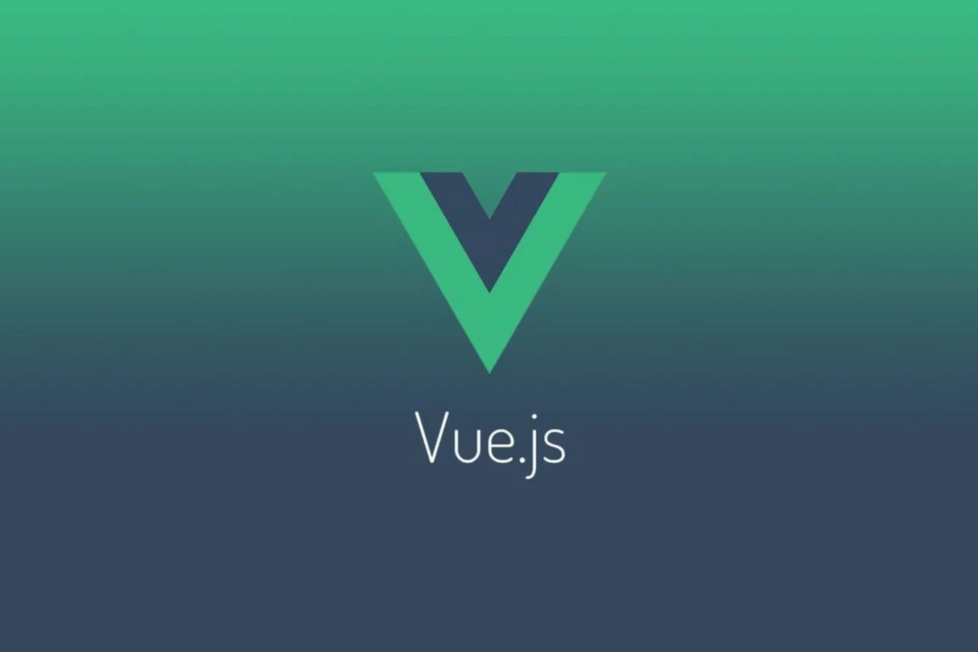Why Vue.js Is A Good Choice For Front-End Development


In keeping with the series discussing the merits and benefits of different frameworks available for front-end development, let us discuss the relative benefits and use-cases that are provisioned for us by the use of the Vue.js framework. A very popular and rapidly growing framework in the frontend development space, it has ingrained itself in the hearts and minds of all those developers who have chosen to use it in both their personal projects and in the professional arena.
Vue.js is an open-source front-end JavaScript framework, developed by Evan Yu and his team, used for developing single-page applications and user interfaces. Due to its incrementally flexible design, it emphasizes and encourages component composition and declarative rendering. Due to its lightweight nature, robust tooling ecosystem, single-file component character and readability and understandability, it has rapidly gained popularity and ground among new frontend developers who are eager to try out newer and more efficient frameworks.
Let us take a look at some of the important reasons behind the rise of Vue.js framework –
The popularity of Vue.js is such that as per Stack Overflow, it is the world’s second most valued framework. It is especially recommended for developers who are new to the field of web development because of its easy templating with HTML, its unified integration with numerous apps, the various ways in which it makes adding interactivity and animation easier for developers and also if we need to launch an MVP quickly in no time. Thus, Vue.js proves itself as an outstanding framework for use by beginners in the domain of frontend development. In the next post, we shall delve into the framework of Angular.js and understand its merits and benefits.
DISCLAIMER: The author is solely responsible for the views expressed in this article. The author carries the responsibility for citing and/or licensing of images utilized within the text.
